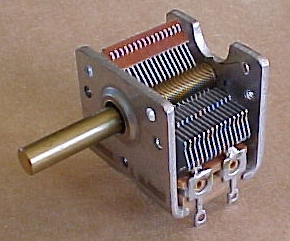

Quote: Originally posted by CrimpJiggler  |
Quote: Originally posted by neptunium  |
Quote: Originally posted by Rosco Bodine  |
Quote: Originally posted by Rosco Bodine  |
Quote: Originally posted by Rosco Bodine  |


Quote: Originally posted by Rosco Bodine  |
| Quote: |
| Quote: |
| Quote: |
Quote: Originally posted by Rosco Bodine  |
| Quote: |

Quote: Originally posted by Rosco Bodine  |
Quote: Originally posted by Rosco Bodine  |



Quote: Originally posted by Rosco Bodine  |
Quote: Originally posted by Rosco Bodine  |

Quote: Originally posted by Rosco Bodine  |
| Quote: |